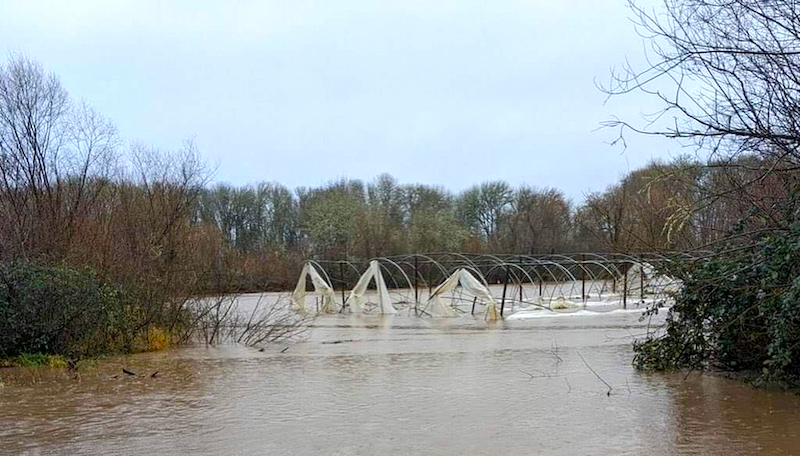
Guest Essay: Where is GTF?
This essay by Patrick Merscher, Assistant Manager at the Hillsdale Farmers' Market in Portland, was published in the market's newsletter when Gathering Together Farm was not able to attend the market due to flooding from a January storm. The farm, located on the banks of the Marys River in Philomath, and its neighbors are still feeling the effects of that storm, and April’s heavy dose of rain, hail and snow hasn’t helped. Merscher's essay explains what such heavy flooding means for farmers and crops.
Around the New Year, you may remember the Pacific Northwest receiving a heavy amount of precipitation in a relatively short amount of time, which is not unusual for the area, although these events are increasing in frequency and intensity. You may also recall the news stories about flooding all around the region, especially in low-lying areas like the Willamette Valley, and about the effects it had on the many farmers that call these places home.
One of the market’s largest vendors, Gathering Together Farm (GTF), was heavily impacted by the floods, and they spent months away from the market. Every week shoppers would ask, “Where is Gathering Together? The flood was weeks ago—why aren’t they back?” These are brilliant questions, and one of our roles at the market is to act as a conduit between our local community and local farmers. So, here are some insights on what happens when a farm floods, and why it takes so long for them to return— and no, it’s not just because absence makes the heart grow fonder, although we certainly missed them.
Slow Winter Growth: The fresh winter vegetables you find at market (think radicchio, cauliflower, leeks, etc.) are actually started in late summer and early fall. Before winter starts, plants need to be about three-quarters mature in order to survive the cold temperatures. Growth during the wintertime is exceptionally slow here in the Northwest because of cold weather, short days and low-intensity sunlight. Plants are more holding in the field than they are growing. When a flood damages these winter crops, they actually have a lot of growth to catch up on and less-than-ideal conditions to do it in.
Oxygen Depletion: Plants respire just like humans. Standing water smothers the plant’s breathing pores (called stomates) essentially suffocating the plant. The extent of damage done by oxygen depletion is made worse by warmer waters (a symptom of climate change), stagnant water, younger plants, and the amount of time plants stay submerged.
Nitrogen Loss: Nitrogen is an essential nutrient for healthy plant growth and the health of the plant’s immune system. Forms of nitrogen that can be taken up by plants are also very water soluble, so much of the nitrogen can run off the field as flood waters recede. Anaerobic conditions (i.e. a lack of oxygen) also promote certain microbes that consume the nitrogen for their growth. Lack of nitrogen further slows plant recovery, reduces yields, and increases plant disease. Nitrogen can be replaced, but options are limited on certified organic farms like GTF. Often these organic sources of nitrogen require a mineralization process done in the soil to become available for plants, so it’s not a quick fix. Winter conditions also slow the mineralization process. The farm is also concerned about costs of production like fertilizer and labor, both on the farm and to work the market.
Erosion: Flooding not only removes soil nutrients, but it can physically remove organic matter or even the soil itself. The organic matter is responsible for holding onto nutrients and serving as a substrate that plants can root into. Sand, gravel and rocks can also be moved during flooding, physically damaging the plants. Healthy soil is the foundation of organic farms and farmers spend years developing it. This cannot be easily replaced.
Weed and Disease Growth: Floodwaters bring in weed seeds and plant pathogens. Since crops are damaged, weeds have an easier time growing and competing for sunlight and soil nutrients. Damaged crop plants are virtually sitting ducks for plant pathogens like fungi that love damp, cool conditions and can outgrow the plants easily. Of course, manual or mechanical weed control is the first line of defense on organic farms like GTF, but digging, tilling or otherwise working waterlogged soil, even just walking on it, destroys the structure of the soil and can cause compaction. This will have longterm effects that could be seen for years to come because, again, soil health is something farmers spend years building, but nature can take it away in an instant.
While none of this is pleasant to talk or think about, hopefully you have a better understanding of the plight our local farmers are facing. When one of them experiences a catastrophe like this, please be patient as the farm and the workers recover. They may not be able to come to the market for a few weeks, but your patience is one way you can support them and the market.
Read a profile of founder John Eveland of Gathering Together Farm. Top photo of January's flooding at GTF from their Instagram account.
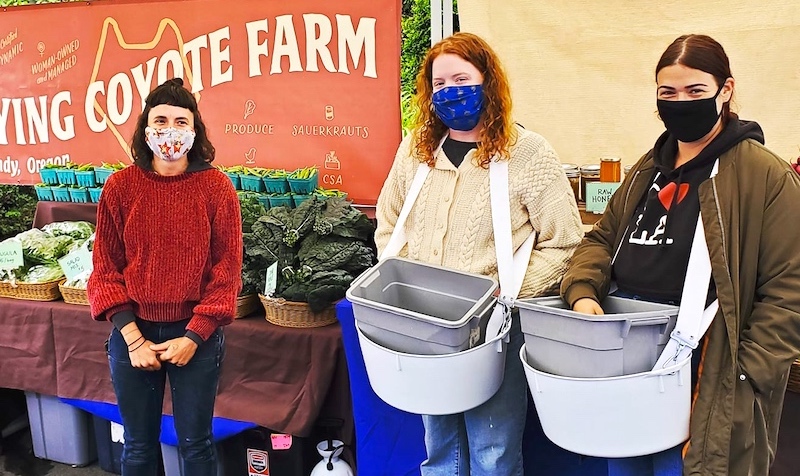
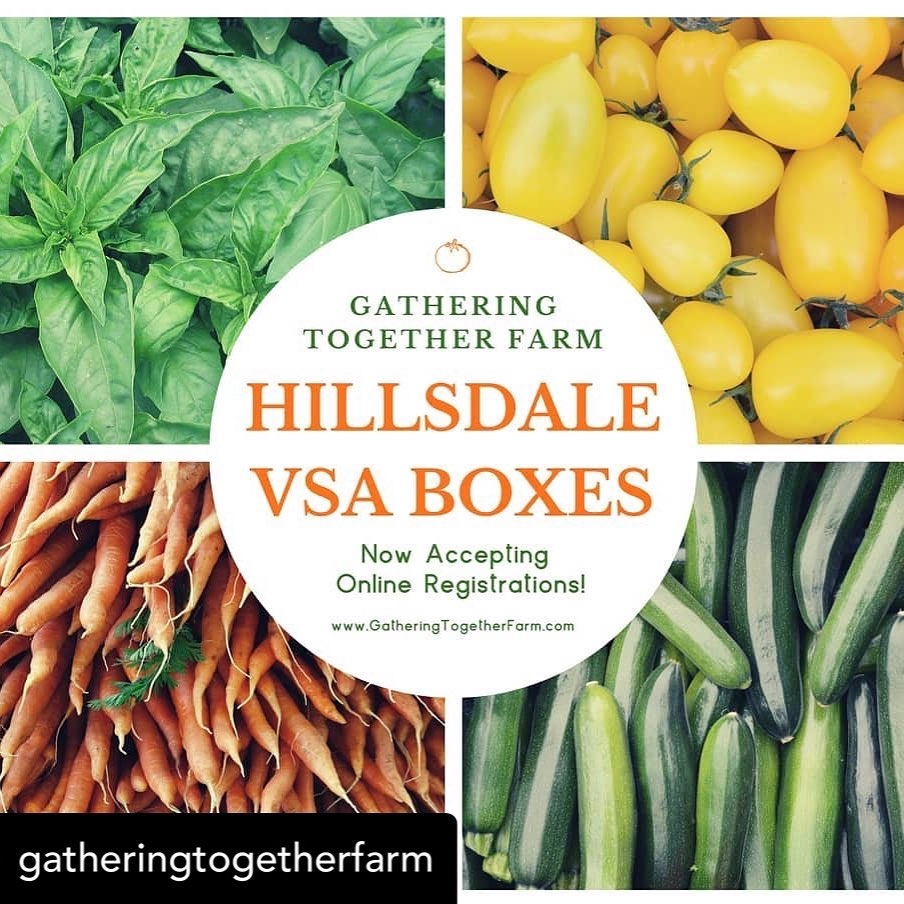
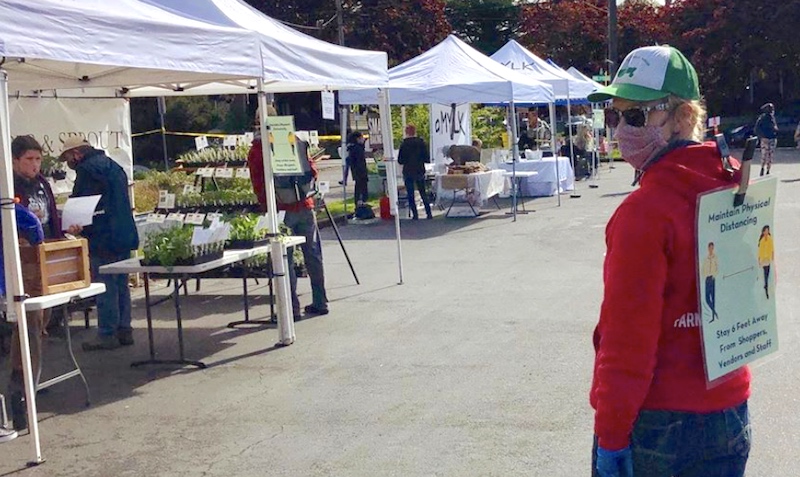
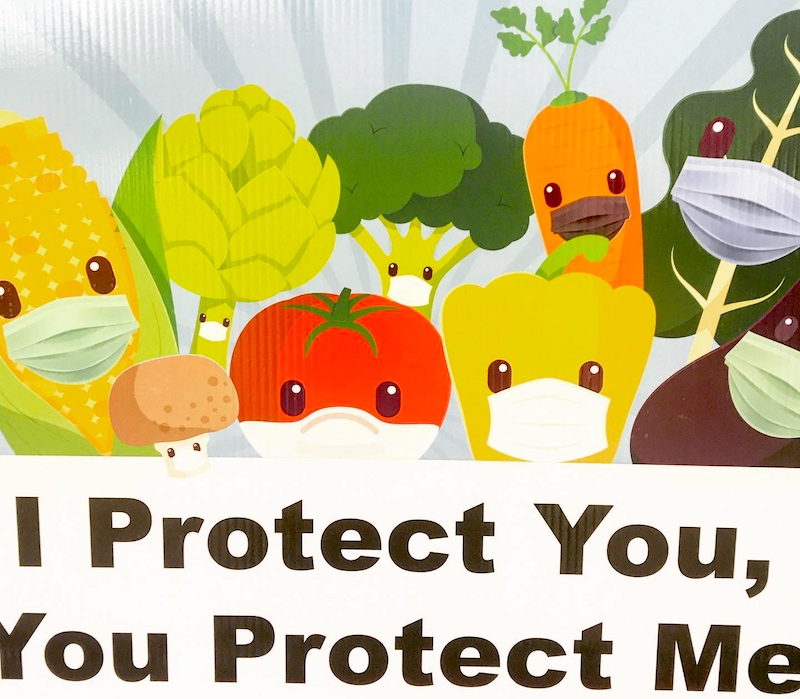
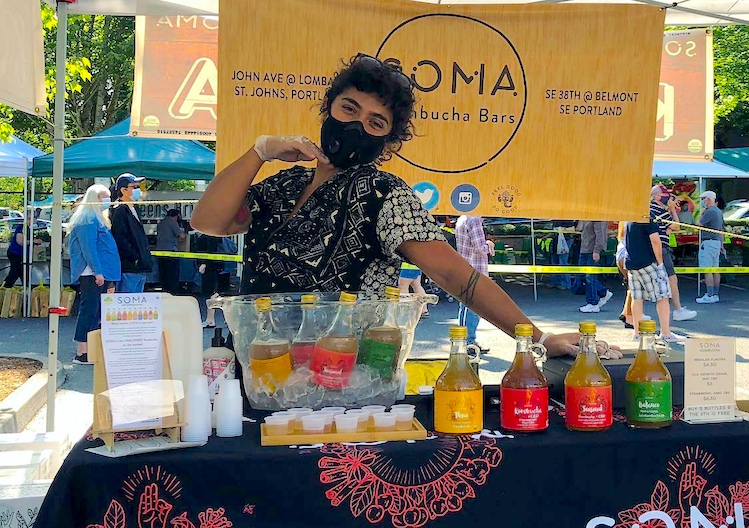
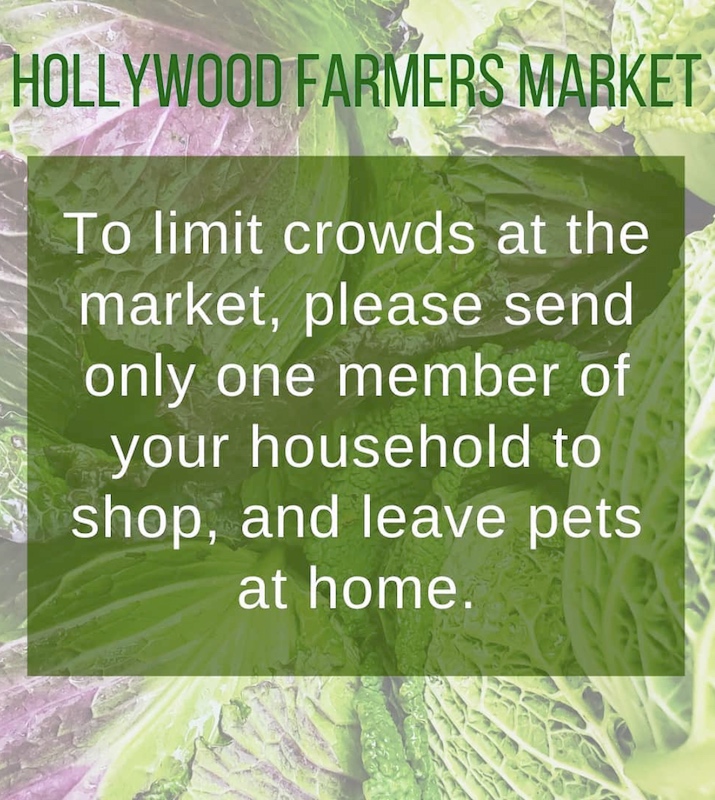
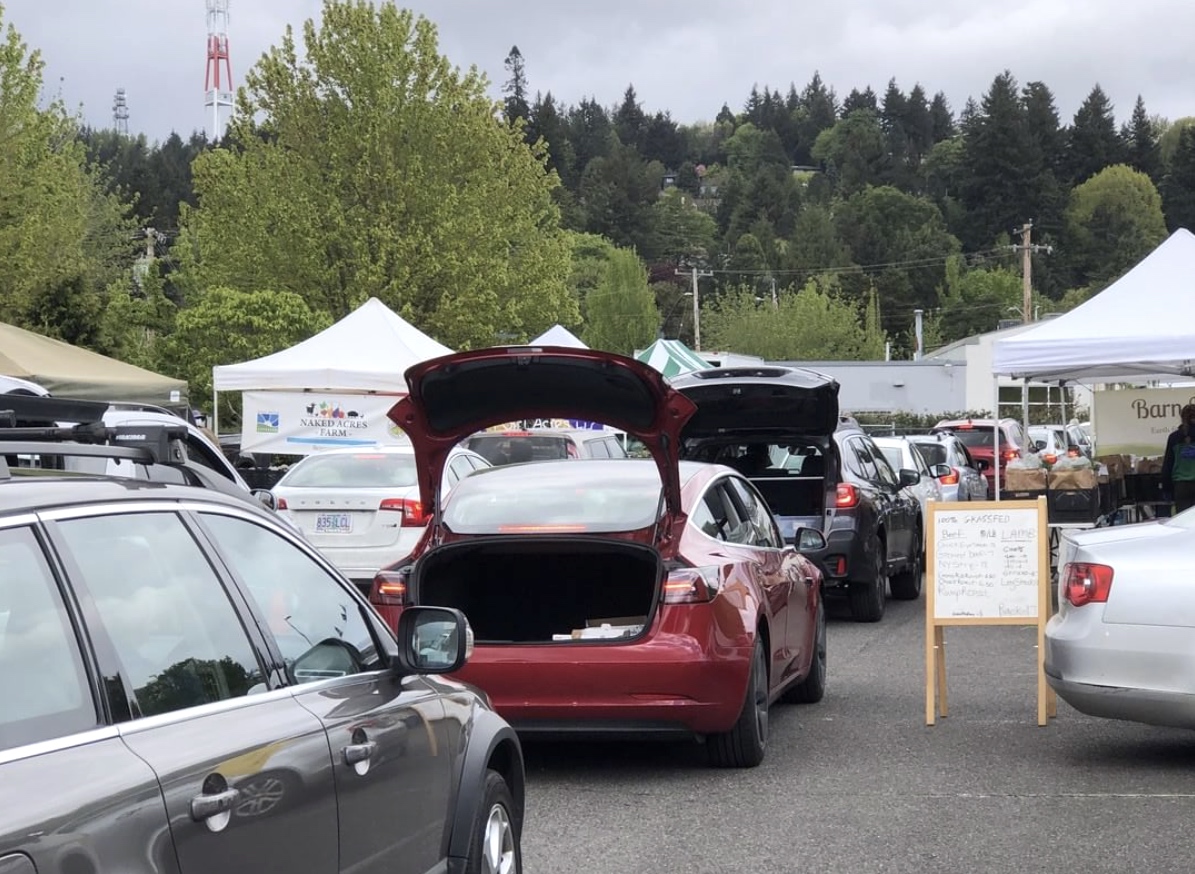
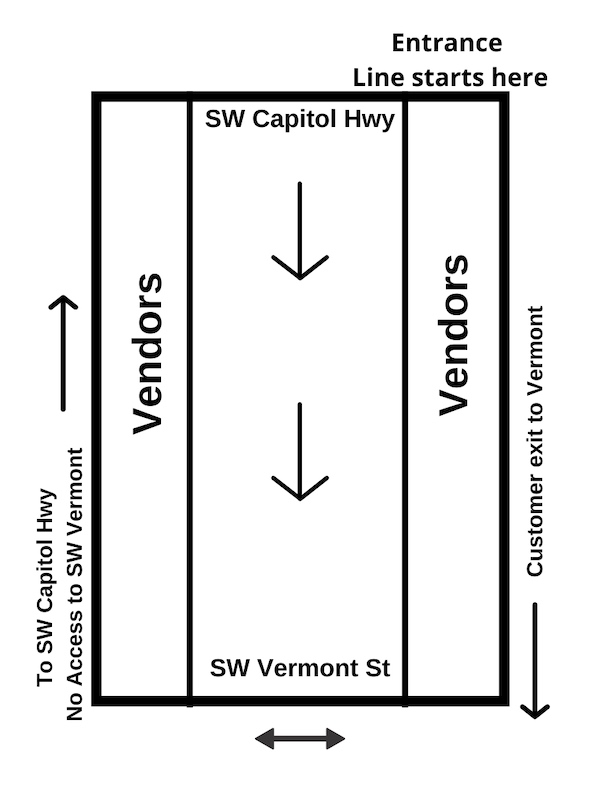
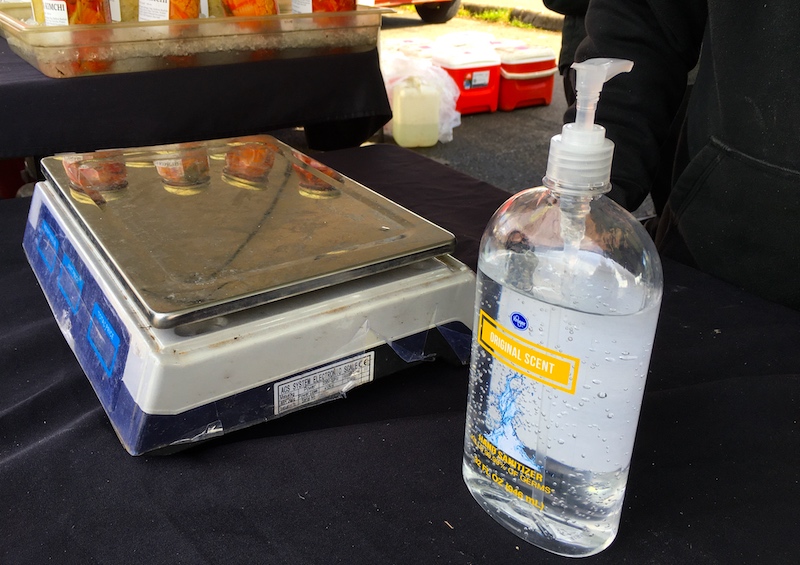

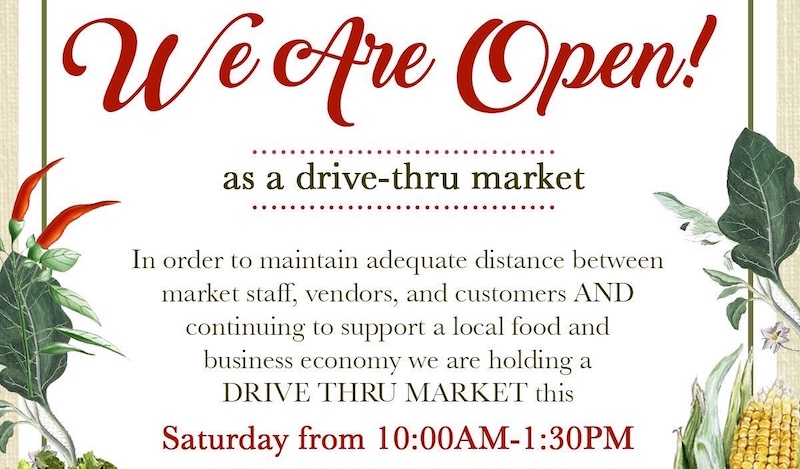
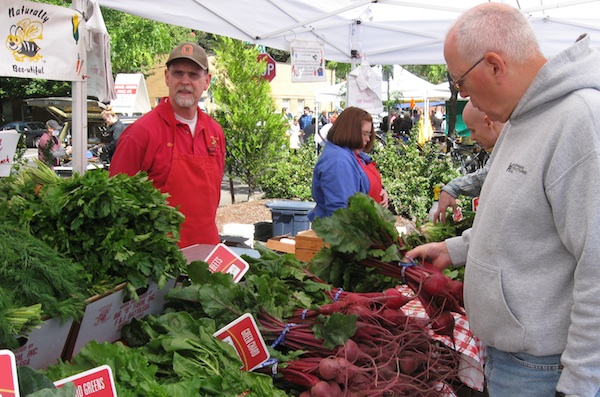
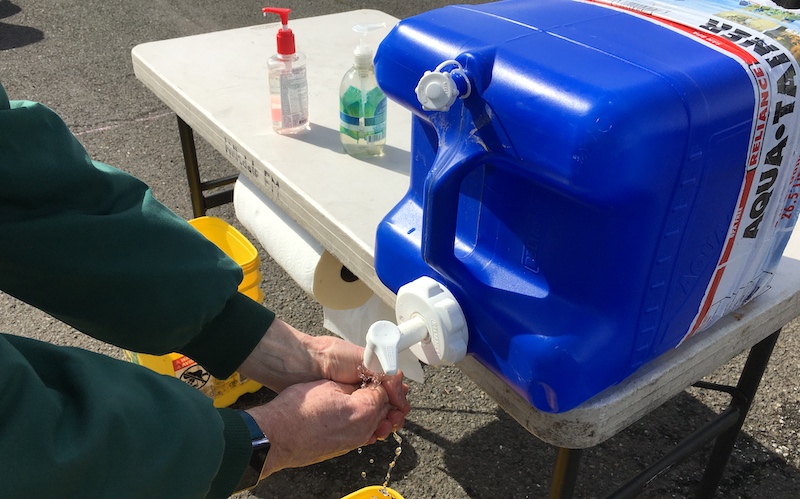
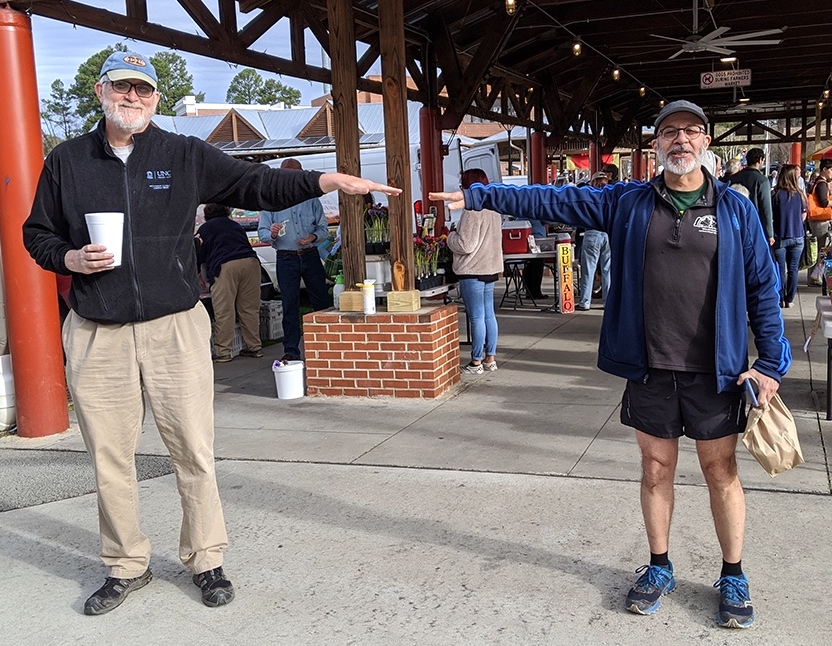
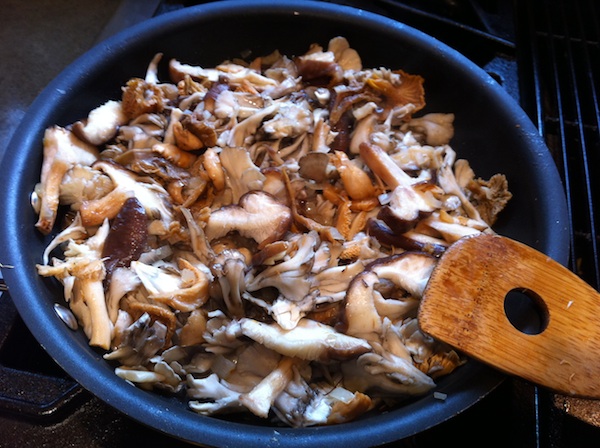
 On those nights when it's time for dinner (again???) and ideas are in short supply, I can open the door, survey the stocks, meats and sauces and come away with armloads of inspiration.
On those nights when it's time for dinner (again???) and ideas are in short supply, I can open the door, survey the stocks, meats and sauces and come away with armloads of inspiration.